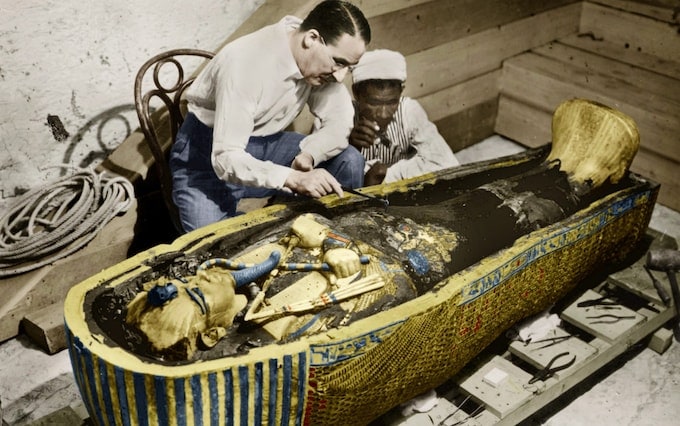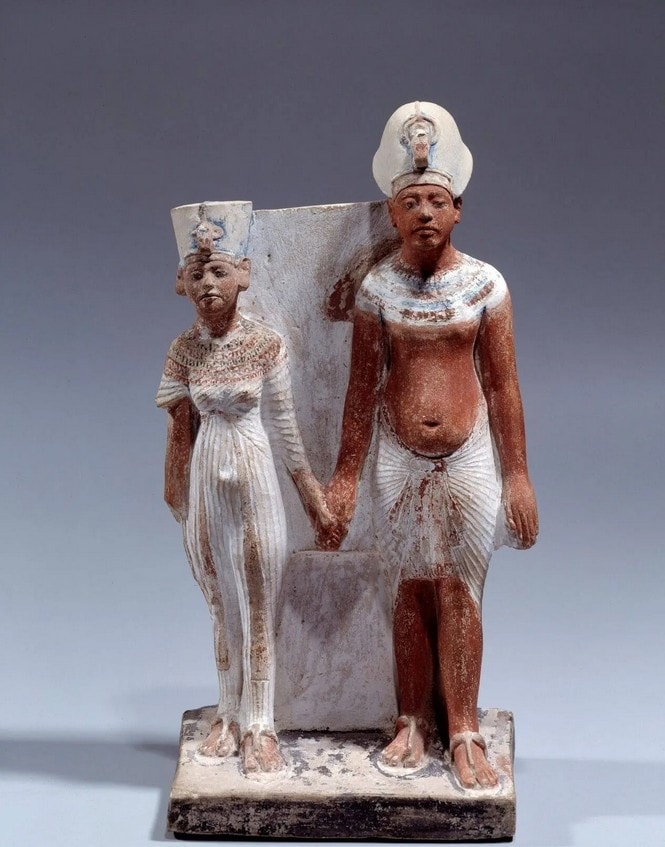The Egyptian civilization of the pharaohs lasted for an incredibly long time – more than three thousand years. To put that in perspective, an ancient Egyptian alive when the last pharaoh died in 30 BC is closer to us in time than he or she would have been to when the Great Pyramids were built. Indeed, the ancient Egyptian civilization is so old, that woolly mammoths were still around when the first pharaohs rose to rule the kingdom. Below are twenty five things about those and other lesser known ancient Egyptian facts.

King Tut’s Radical Family Background
One of archaeology’s greatest events occurred in 1922, when Egyptologist Howard Carter discovered the tomb of Pharaoh Tutankhamen (reigned, circa 1333 – 1323 BC). The find triggered a wave of Egypto-mania that swept the world, and that hasn’t receded since. Relics from the ancient ruler, nicknamed King Tut in pop culture, traveled the globe and were viewed by millions in exhibits for which people waited in line for hours. Ancient Egyptian references made their way into popular culture, and musical hits such as “Old King Tut” topped the charts. Even US President Herbert Hoover caught the Tutankhamen bug, and named his dog King Tut. Today, Tutankhamen is the best known ancient Egyptian pharaoh, which is ironic: ancient Egyptians saw him as one of their least memorable and most insignificant pharaohs.

King Tut’s father, Pharaoh Akhenaten, and his wife-sister (ancient Egyptian royalty often kept it in the family) Nefertiti, had been radical religious reformers. “Reformers” is probably an understatement: they outright overthrew the Egyptian religion that had dominated the Nile Valley for centuries. In place of its many gods, they ordered the worship of a single deity: Aten. Akhenaten and Nefertiti also displaced the Egyptian priesthood, who until then had acted as middlemen between worshippers and the gods. Instead, they made themselves the main conduit through which divine blessings flowed to the people. When the priests objected, the couple closed the main temple at Karnak, seized its treasury, fired the priests, and moved hundreds of miles away to a new city, purpose built for the worship of Aten. Understandably, the traditional Egyptian priests were livid. As seen below, they undid all of Akhenaten’s religious works as soon as he died.

